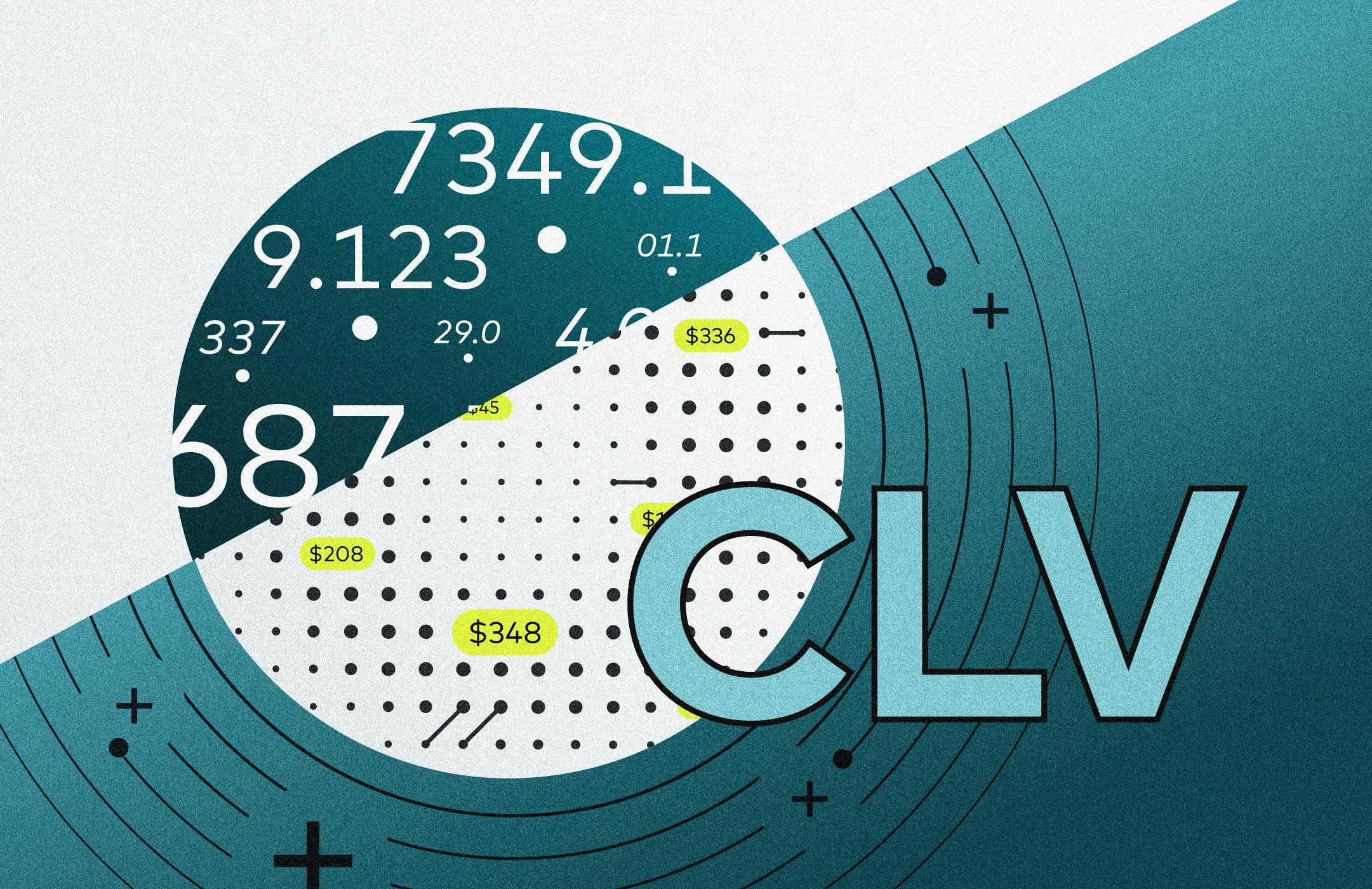Customers are human. So naturally what they like to eat, wear, or buy will change multiple times throughout their lives. This makes a marketer’s job trickier, especially if they try to guess what their customers will do next.
Historical transaction behavior has traditionally been the go-to method to determine customer communications, based on the notion that past behavior is the best indicator of future behavior. But predictive models are an even better way to fuel your marketing and boost revenue. When based on accurate customer data, predictive models give brands a view of likely value over time so they can quickly choose what decisions to make and which course of action to take with their customers.
Using historical transaction behavior to market looks like this: Perfect Products Inc. has a VIP program for customers who spend over $1,000 in a year, which offers special incentives like early access and perks like exclusive discounts. The program is shown to drive greater customer loyalty, and buyers who are part of the program end up shopping more frequently and engaging more with the brand.
This approach works for customers who have been with the brand for a long time, but it neglects brand-new customers who haven’t yet qualified for the program. Those customers may have the potential to be highly valuable. Still, by the time their loyalty behavior is recognized and rewarded, they may have moved on to another company that saw their value and treated them accordingly. Below are three ways predictive customer lifetime value can help brands make the most out of their marketing activations as early as possible:
Rolling out the red carpet early: while Perfect Products Inc. may have their VIP strategy figured out, their reliance on historical spend to hit that VIP threshold likely means they’re missing out on other opportunities to drive loyalty. For example, many shoppers will approach that spend threshold and even have the potential to hit it, but Perfect Products Inc. will not recognize them. This oversight results in them missing out on possible future high-value customers. With a predictive customer lifetime value model, brands can have a customer’s estimated one-year spend immediately after making their first purchase. This “look into the future” means brands can act early and preemptively begin to drive loyalty behavior through either concierge service, special discounts, or exclusive product offerings. This glimpse into what’s to come helps the brand identify potential valuable customers, translating to stronger retention and more powerful, personalized experiences for the customer from the beginning.
No more guessing games: Relying on historical spend for marketing assumes a customer’s past behavior will directly correlate with their future behavior — even if data points to a different future. Instead, predictive models look ahead and consider how likely a customer is to make more purchases. By gaining this insight into whether or not a customer will continue their prior spend trend, a brand’s marketing can reflect that. For example, if Julie is expected to spend $1,000 in the coming year with Gary’s Gems LLC, she’ll have continued VIP opportunities coming her way. If it’s unlikely that she will hit the $1,000 threshold this year, then Gary’s Gems LLC can change its marketing tactics and send messages showing how much they value her as a customer and why she should continue her relationship with them.
Acquire new, better customers: These predictive data points can influence not only what message we want to send to that shopper but also how a brand goes about acquiring new customers. By using a historical spend audience in paid media for lookalike targeting, a brand is taking the risk of acquiring new customers who might look like those addressed above, i.e. they had previously reached VIP status but now might be at risk of churn. Instead of attracting more of those customers, predictive customer lifetime value modeling allows the brand to find buyers who look like those we know will be most valuable in the coming year. This allows the brand to ignite the cultivation flywheel, bringing in customers who will make repeat purchases and become brand loyalists.
Laying the groundwork
Today's market is overflowing with options, making customer loyalty more important than ever. By investing in predictive modeling, brands have the opportunity to pick up quickly on the behavior of those buyers, allowing them to translate this into the customer experience immediately.
For predictive models to run smoothly, brands need to begin with a solid base of customer data, otherwise, the results will be neither accurate or reliable, and then follow with the right customer data tools. These will provide you with the foundation to build relationships with customers early on in their journey, driving loyalty and contributing to the brand's long-term health.
To learn more about other ways to use customer data to supercharge your marketing, check out our “2022 Guide to Using Customer Data Across the Enterprise.”
